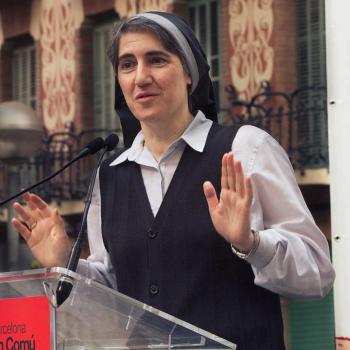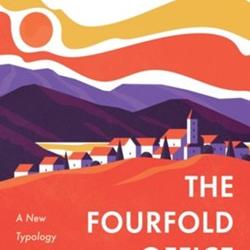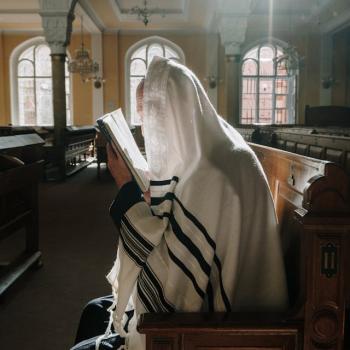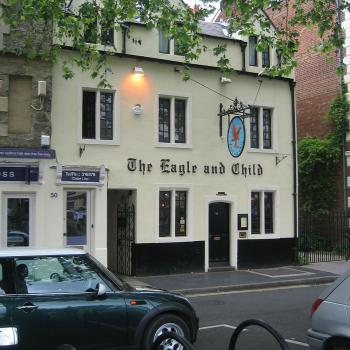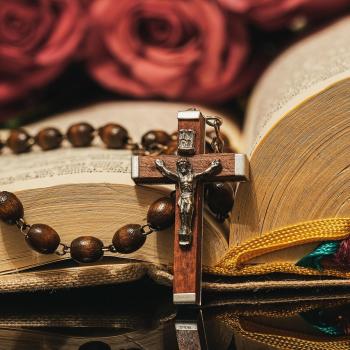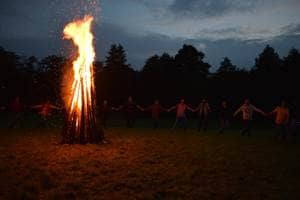
Understanding Yule: The Winter Solstice in Paganism
Yule, also known as the Winter Solstice, is one of the eight major festivals that most Pagans commemorate. Falling on or around December 21, Yule marks the shortest day and the longest night of the year. This festival, steeped in tradition and magic, offers an occasion for reflection, storytelling, celebrating friendship, and welcoming the rebirth of the God Cernunnos (or Kernunno), symbolizing the return of light.
The Significance of the Winter Solstice
This festival celebrates the return of the sun, marking a pivotal point in the natural cycle. The Winter Solstice is a time to honor the darkness and anticipate the coming light, a balance reflected in many Pagan beliefs and rituals. The return of light is a metaphor for rebirth, renewal, and new beginnings, themes central to the Yule celebration.
Yule Rituals and Celebrations
During Yule, rituals and magick focus on the rebirth of the sun and the gradual increase of daylight. Celebrations often include the lighting of candles and fires, symbolizing the sun's warmth and luminescence. Rituals may also involve singing, dancing, and feasting, as communities come together in joyous celebration. The importance of nature and the elements is often emphasized, with outdoor ceremonies held to honor the earth and the changing seasons.
Paganism’s Approach to Yule
In Paganism, Yule traditions can vary widely, reflecting the diverse paths and practices within the religion. Some may perform elaborate rituals invoking specific deities, while others might observe the solstice in quiet meditation or personal reflection. The beauty of Paganism lies in its acceptance of diverse expressions and experiences of the divine.
Solar Significance: Yule and Other Solar Festivals
Yule is a crucial part of the solar cycle of festivals, which also includes Ostara, Midsummer, and Mabon. Each of these festivals marks a significant astronomical event related to the sun's position and its impact on the earth. They offer opportunities to honor the balance and harmony of nature, celebrating the cycles of growth, harvest, decay, and renewal.
Yule Traditions: From Bonfires to Tarot Reading
Bonfires, a traditional feature of Yule, represent the light and warmth of the returning sun. Other customs include decorating homes with symbols of the season, such as evergreens and candles, and sharing meals with loved ones. Divinatory practices like tarot reading are also popular during Yule, as they offer insights and guidance for the upcoming year.
Deities and Mythology in Yule Celebrations
Various deities are revered during Yule, reflecting the rich tapestry of myth and legend in Pagan traditions. Deities such as the Oak King, who symbolizes the waxing year, and the Holly King, representing the waning year, are often invoked. These mythical figures embody the eternal cycle of life, death, and rebirth.
Celebrating the Return of Light
Yule is a time of deep spiritual significance. It's a period to reflect on the past year, release what no longer serves, and set intentions for the new cycle. It's a celebration of light, not just in a literal sense, but also in terms of wisdom, consciousness, and spiritual awakening.
2/23/2024 9:22:03 PM

